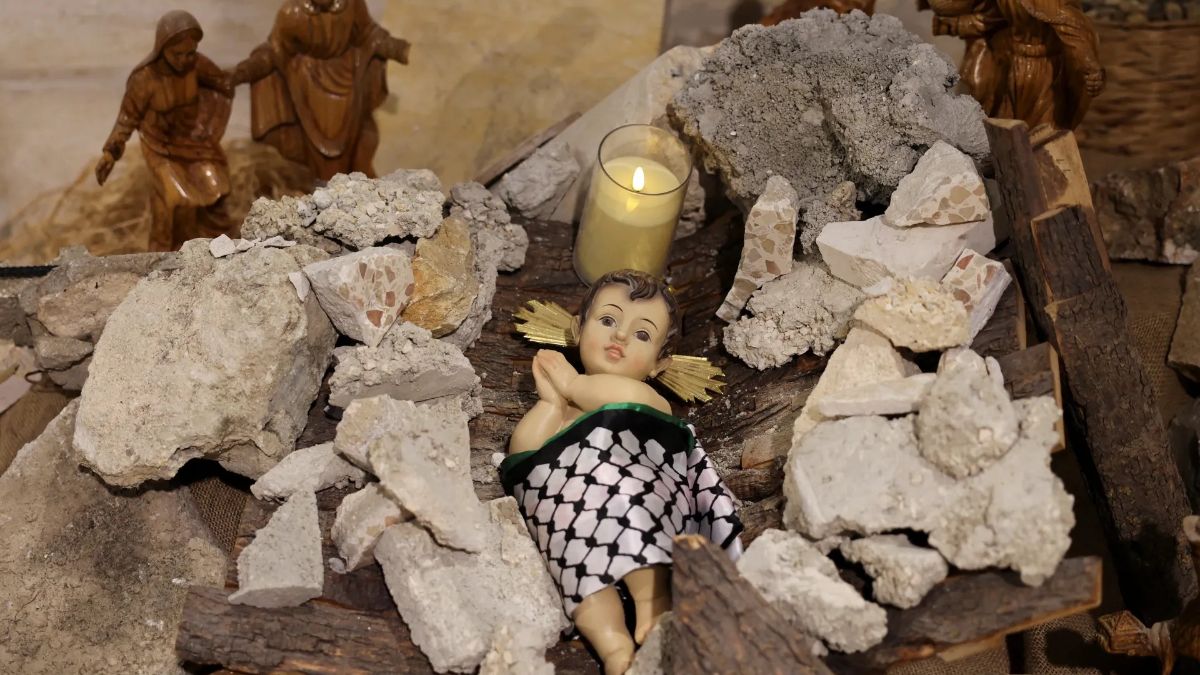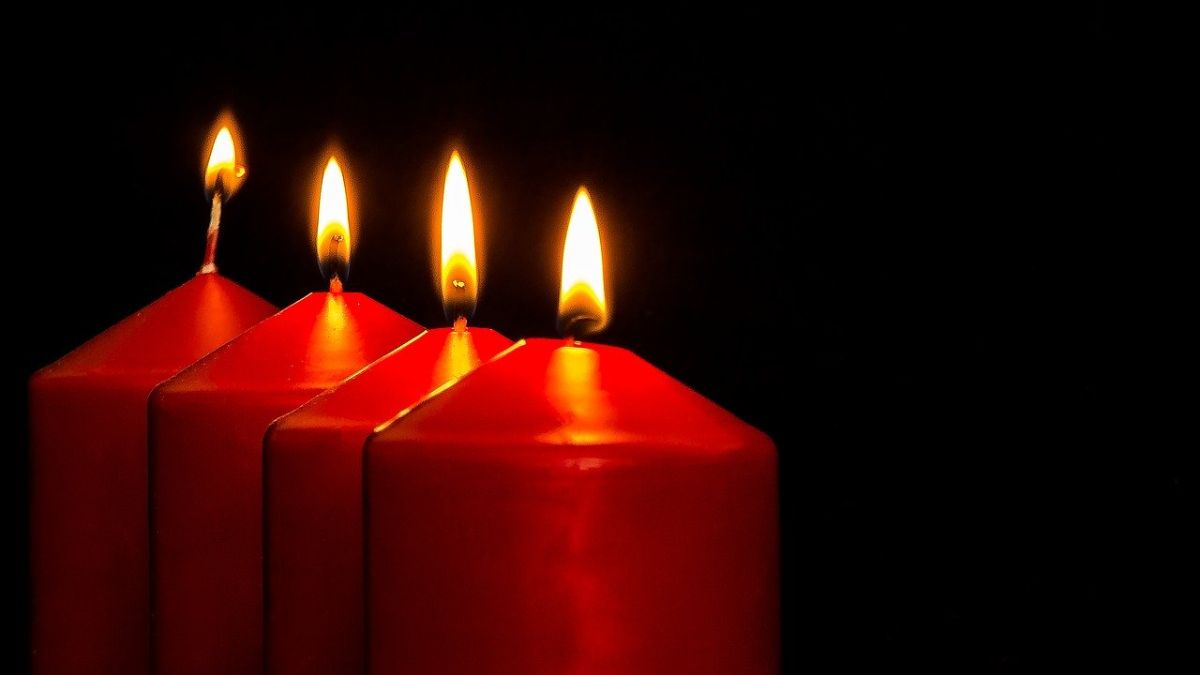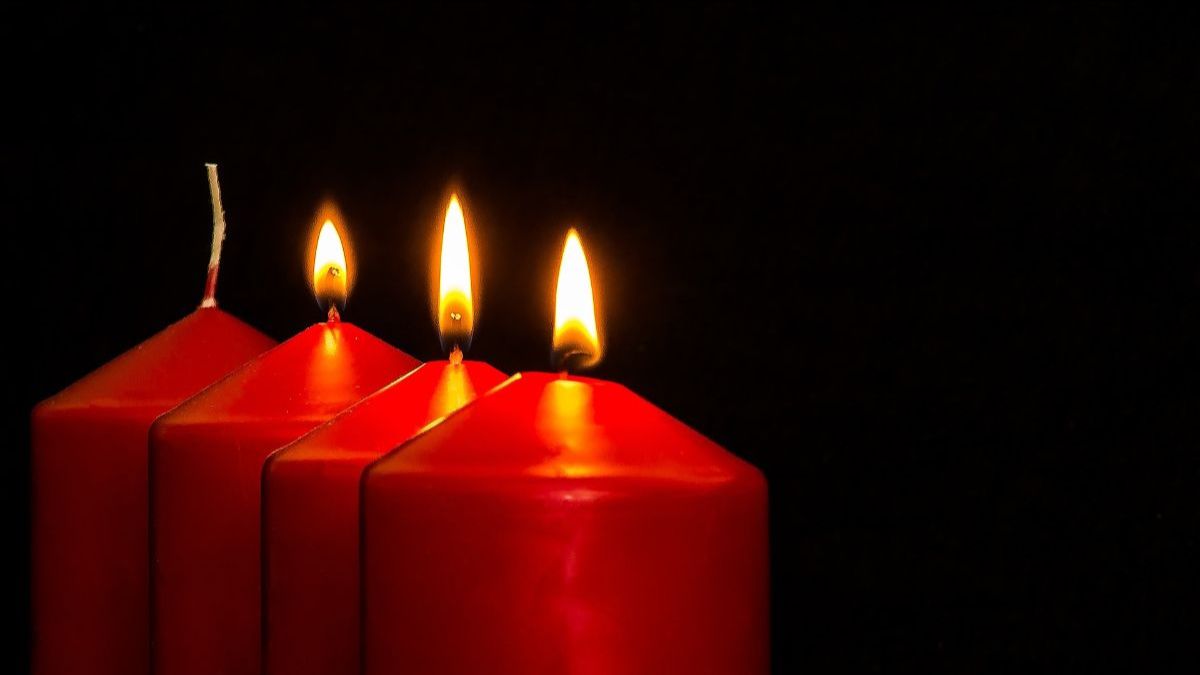Good Friday
“Behold your mother.”
John 18:1-19:42
April 19, 2019, Words By: Kris Rocke, Image By: Beautiful Angle
After dinner we walked to the vigil at the Plaza de la Constitución in Guatemala City. When we arrived, the square was empty except for four women who stood around a lonely little fire at the center of the park. They were there to honor the memory of the 41 girls who were burned alive at a government orphanage on March 8, 2017 (March 8 is also International Women’s Day).
What was supposed to be a safe home for the girls turned out to be a place of unspeakable violence. It had long been rumored that many of the young women were being trafficked at night as part of a sex ring, run by staff. On the night of the tragedy, while their door was locked, the building was set fire. All died.
We approached one of the women at the vigil. Her name is Carmen. Our Spanish was limited and so was her English. In an attempt to connect, we showed Carmen the picture we had on our phone. It was a poster with the names of the 41 girls that our friends (Beautiful Angle) had created in the victims’ honor.
As Carmen scanned the image, her face suddenly awakened. She pointed to #9 on the poster and exclaimed, “That’s my daughter, Mayra!”
Standing near
It’s Good Friday.
Jesus is on the cross. In the synoptic Gospels, the witnesses stand at a distance. But in today’s text, I can’t help but notice the women “standing near” the foot of the cross (John 19:25). They remain present, bearing witness to the worst of what humanity can do—beholding and holding the suffering in a way that creates space for new life. I think this says something important about the witness of women in history. It certainly says something about Carmen and Mayra.
Here is your…
And then these wonderful lines…
When Jesus saw his mother and the disciple whom he loved standing beside her, he said to his mother, “Woman, here is your son.” Then he said to the disciple, “Here is your mother.”
John 19:26-27a
The traditional reading is that Jesus rearranges the family at the cross. John becomes Mary’s son and Mary becomes the mother of John. Yes, we are all kin at the foot of the cross. What mercy!
Here’s another take. As James Alison points out, Jesus might actually be the subject of both sentences.
At first, when he says to his mother, “Woman, here is your son,” Jesus could just as easily be referring to himself. And reading it this way makes a great deal of sense theologically. In other words,“Mother, look at me. I am your son, the fruit of your womb.”
This sets up the next line when Jesus says to John, his mother, and the women standing at the cross, behold, “Here is your mother.” If Jesus is also the subject of this sentence, as Alison suggests, the implications are stunning. It’s as if Jesus is saying, “Look at me. See what is happening. I am your mother giving birth to new creation. This too is the mercy of God. Can you see it?”
Here is your Mother
This reading is not far-fetched.
Remember when Jesus compared himself to a mother hen longing to gather her chicks (Luke 13:34)? And let’s not forget the first day of creation (Gen. 1:5), when the Spirit of God (Ruach, which is feminine) hovers over the deep, like a mother calling forth life in the midst of chaos!
This is precisely what’s happening on the cross…and with Carmen that night in the square.
Perhaps it helps to know that the words “mercy” and “womb” are the same in Hebrew (rachem). Yes, Christ crucified is the mercy/womb of God.
Today, while we confront the worst we can do, God is at her best—a mother giving birth to new life.
Behold, your mother.
Lord, have mercy.



